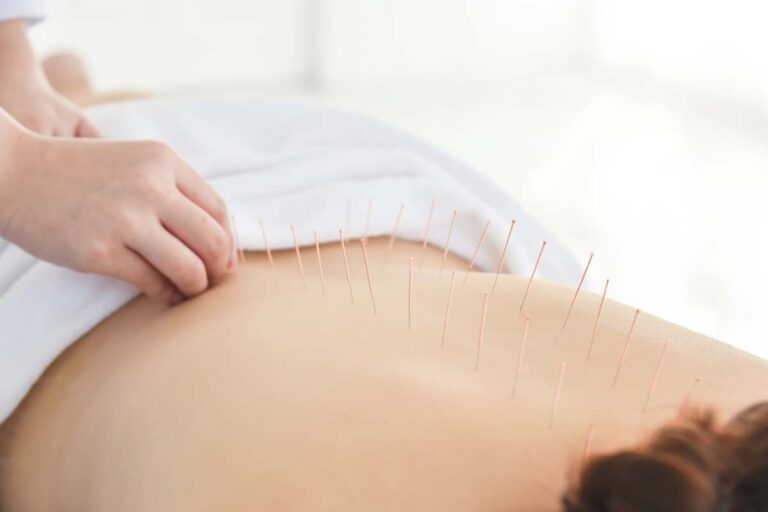3 Ways Acupuncture May Help Back Pain

Back pain is a common problem that affects millions of people around the world. Whether it’s caused by an injury, a medical condition, or poor lifestyle habits, back pain can be debilitating and have a major impact on your quality of life. While there are many treatments available for back pain, some people are turning to alternative therapies like acupuncture. In this blog post, we’ll explore 3 ways that acupuncture may help relieve back pain.
Acupuncture Can Increase Blood Flow to the Affected Area:
One way that acupuncture may help with back pain is by increasing blood flow to the affected area. Acupuncture involves the insertion of thin needles into specific points on the body, which stimulates the nervous system and causes the release of natural pain-relieving chemicals in the body, such as endorphins. In addition, the needles may help improve blood circulation to the area, which can help reduce inflammation and promote healing.
Acupuncture Can Help Relieve Muscle Tension:
Another way that acupuncture may help with back pain is by relieving muscle tension. Muscle tension is a common cause of back pain, and acupuncture can help relax muscles that are tight and sore. This can help reduce pain and improve flexibility in the affected area.
Acupuncture Can Help Reduce Stress:
Stress can also play a role in back pain, as tension and anxiety can cause muscles to contract and become sore. Acupuncture has been shown to help reduce stress levels by promoting relaxation and reducing anxiety. This can help relieve tension in the back muscles and reduce the severity of back pain.
While acupuncture is not a guaranteed cure for back pain, it may be an effective treatment option for many people. By increasing blood flow to the affected area, relieving muscle tension, and reducing stress levels, acupuncture may help relieve pain and improve quality of life for those with back pain. If you’re considering acupuncture as a treatment option for your back pain, call Rachel at Pain Free Acupuncture to learn more about the benefits and risks of this therapy.




